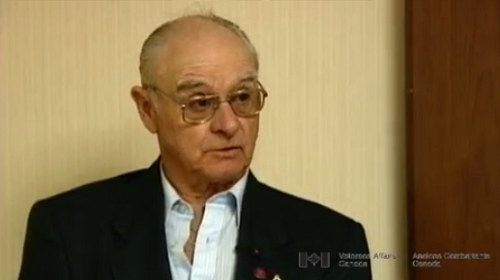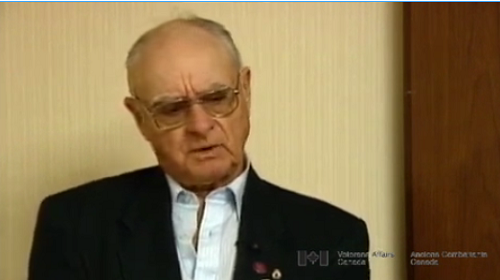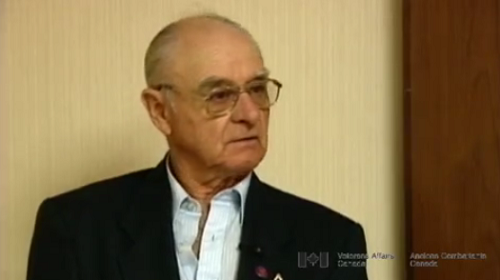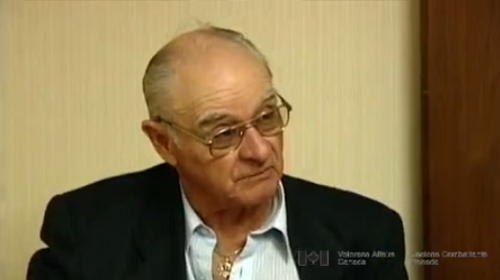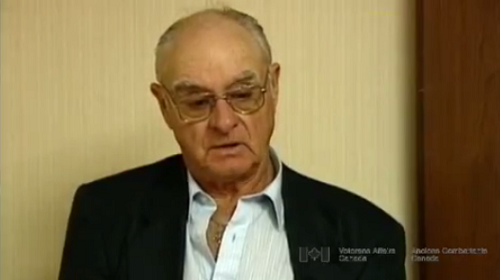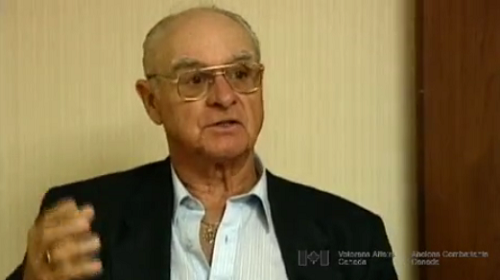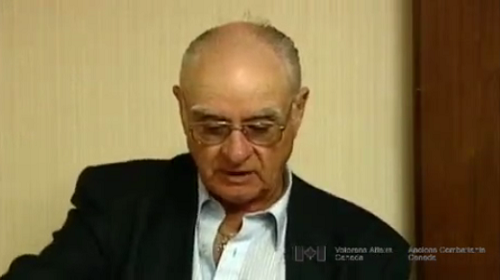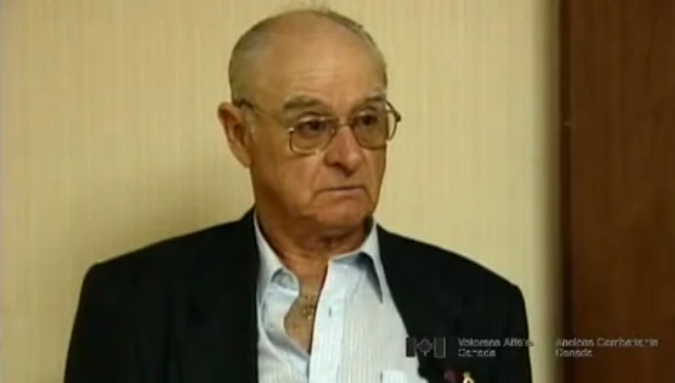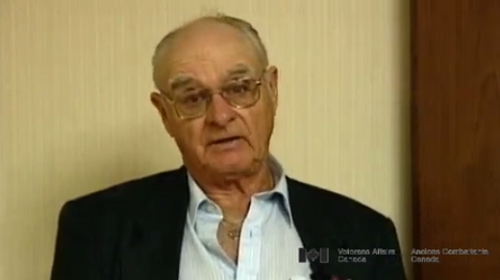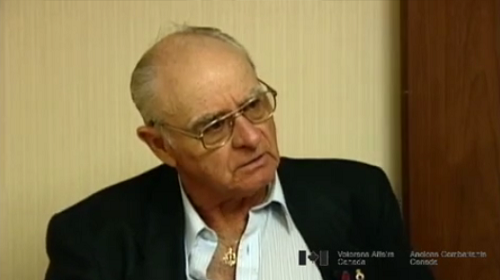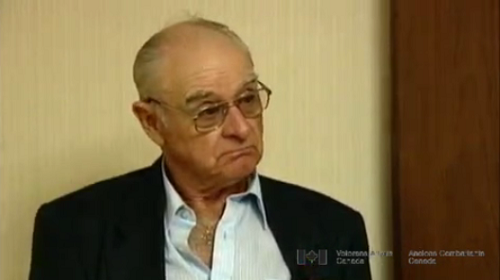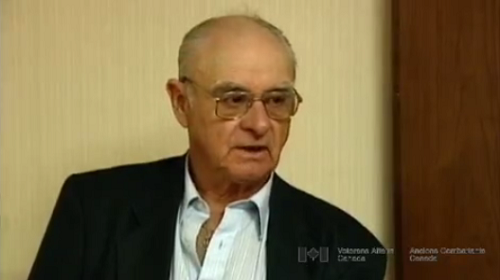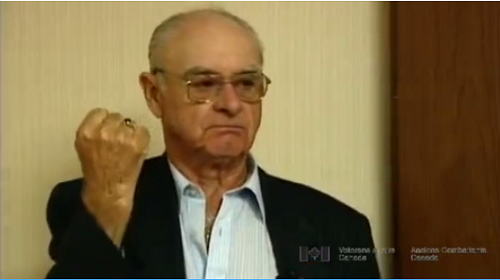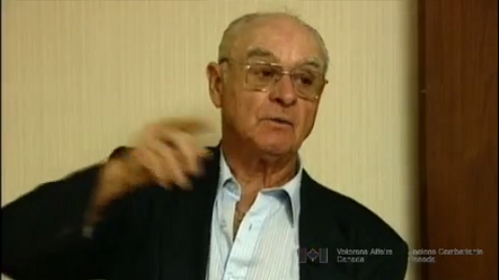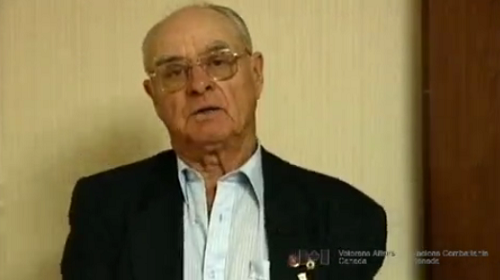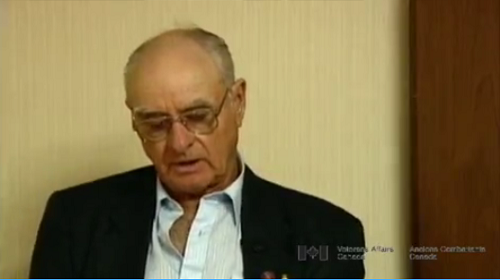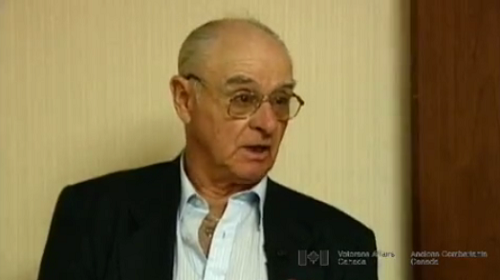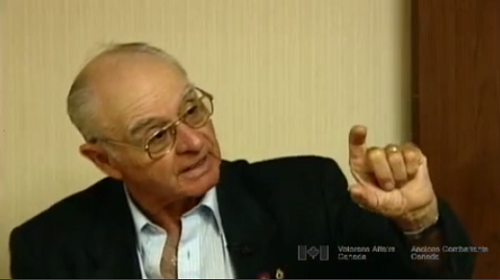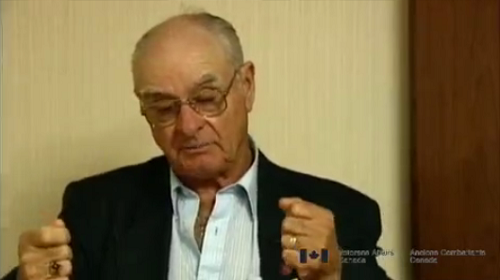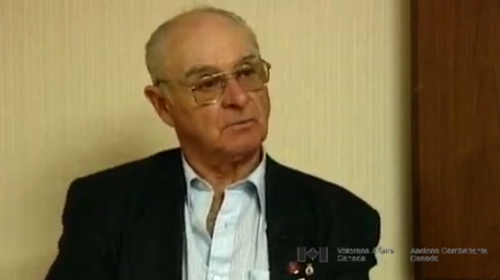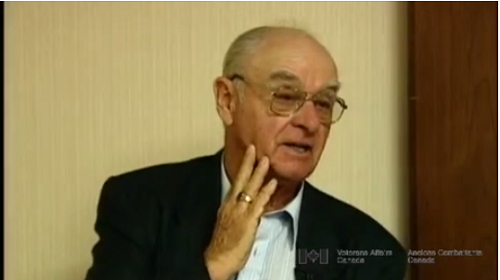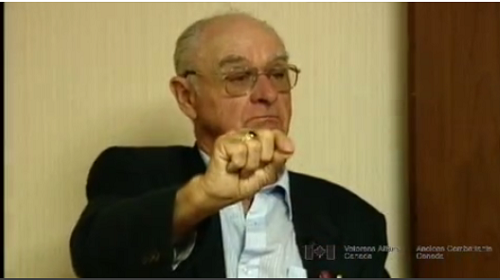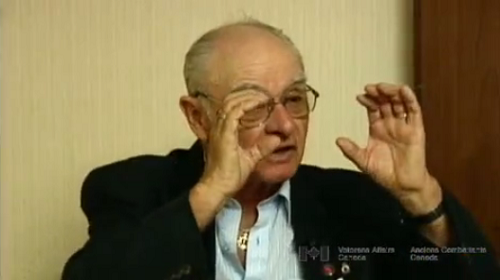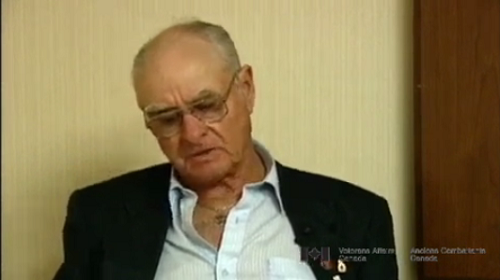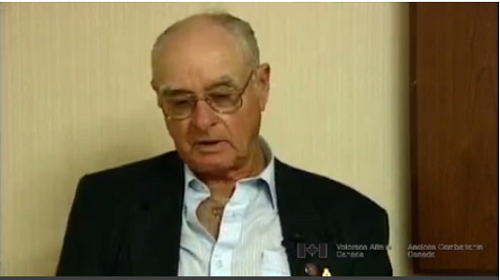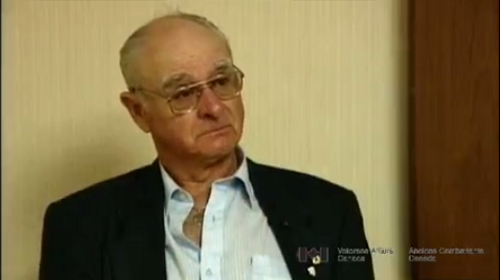Pillboxes Were Death Traps
Heroes Remember
Pillboxes Were Death Traps
Transcript
Description
Mr. Flegg talks about pillboxes being deathtraps. Under enemy fire, he rescues two wounded men from a pillbox which had had a Molotov cocktail dropped down the ventilator.
Aubrey Flegg
Aubrey Flegg was born on October 18, 1917 in Welland, Ontario. His father moved the family to Northern British Columbia when he was three. Mr. Flegg describes living on a “stump farm”, and working from a very early age. Leaving home at sixteen, he trapped in winter and felled timber during warmer months. Mr. Flegg was married with a young family when the war started, but he enlisted out of patriotic duty. He joined Princess Patricia Canadian Light Infantry, and later reinforced the Winnipeg Grenadiers, thinking he would be going to Europe. Instead, Mr. Flegg found himself trying to defend Hong Kong from the Japanese against overwhelming odds. Imprisoned for four years, he survived the ravages of disease, starvation, abuse and forced labor in both North Point and Sham Shui Po Camps and the Oyama mines. Mr. Flegg offers an impassioned story of the Hong Kong experience.
Meta Data
- Medium:
- Video
- Owner:
- Veterans Affairs Canada
- Duration:
- 2:30
- Person Interviewed:
- Aubrey Flegg
- War, Conflict or Mission:
- Second World War
- Location/Theatre:
- Hong Kong
- Battle/Campaign:
- Hong Kong
- Branch:
- Army
- Units/Ship:
- Winnipeg Grenadiers
- Rank:
- Private
- Occupation:
- Machine Gunner
Related Videos
- Date modified:



